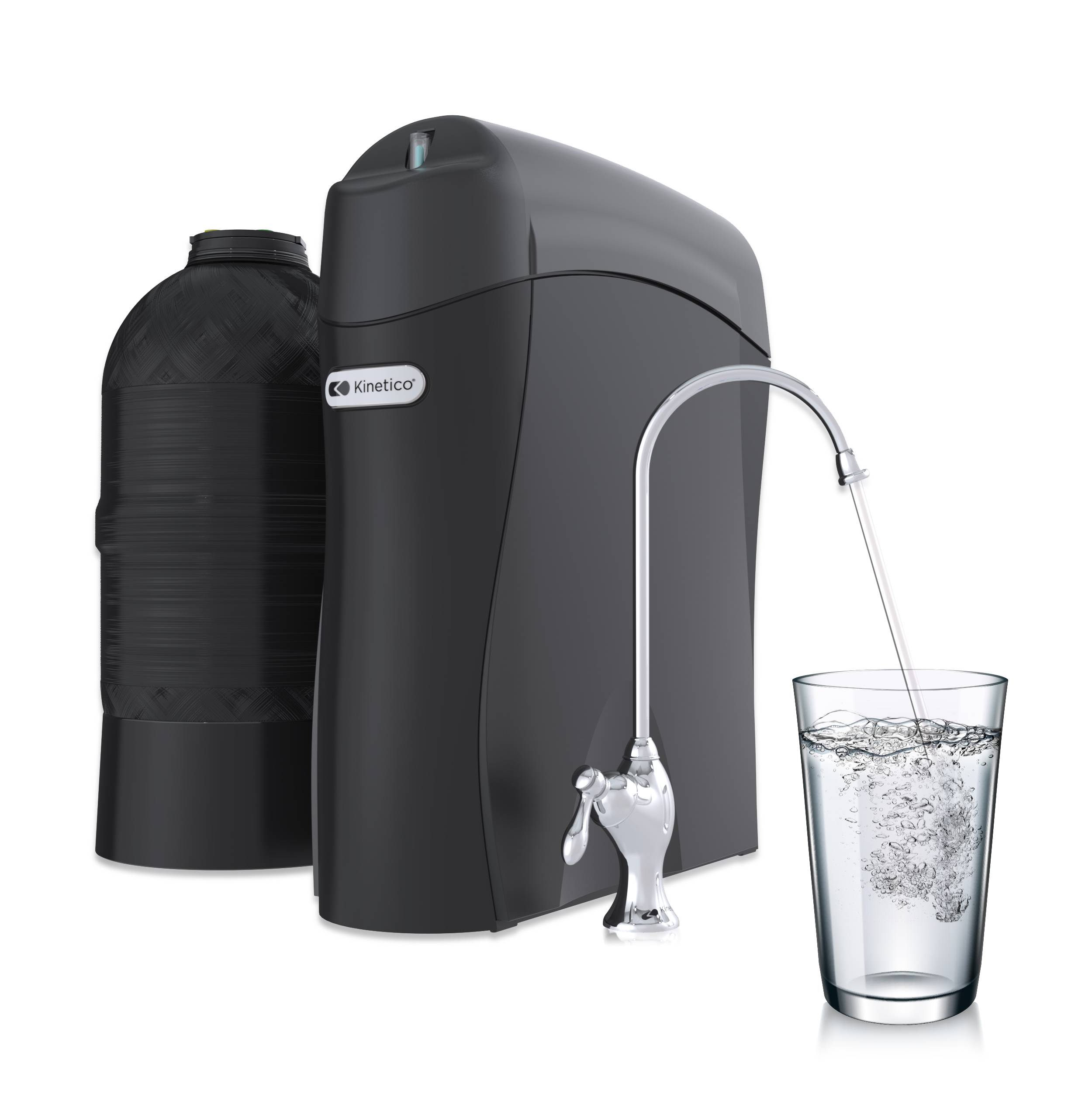It’s time to install water treatment and the question is this: to self-install or hire a professional. Here are some points to consider while making your choice.
Time is a major factor in the installation of water treatment. One can expect to devote around 5 hours on average when working with a water treatment professional: around 2 hours for the initial demonstration, 2 hours for the installation and 1 hour for the follow up visit. The installation may take much longer depending on the site.
In the initial demonstration, a water treatment professional will test the water, inspect the plumbing site and discuss the best treatment options and pricing. The installation can be knocked out in a couple hours, but some sites require much more work, such as trenching from the main water line at the street to the home. A month or two after the installation, there is a final appointment that takes about an hour. During this follow up appointment, the water treatment professional reviews the installation, the equipment, ongoing in-home maintenance and answers the homeowner’s questions.
For a do-it-yourself installation, the time requirement is dependent upon the individual installer’s knowledge. The first step is figuring out the water quality. We know good water is the desire, but we also need to know what makes the water undesirable and how to change it. To do this, we need to know how to measure the water’s qualities, determine how many of these qualities needs treated and how, and lastly, size the proper equipment.
Next comes the shopping. Most people start on-line and move to the stores. There are a wide variety of options available. Once prices are compared and a purchase is made, consider how the equipment will be installed.
Local plumbing codes should be investigated—some areas require permits before the installation begins. The installer will also need to ensure that the home’s plumbing contains a “loop”. Some homes have 2 separate incoming lines for the hot and cold water. A “loop” will tie these lines together and pass all the incoming water through the water treatment equipment. Many homes in the southwest require a trench to be dug from the street to the home to connect the water treatment to the main water line. Additionally, if copper pipes are in place, the installer will need to be certain that the electrical ground remains in check and is not interrupted by the installation.
A check list of needed materials should be made, the water treatment system instructions should be thoroughly reviewed and the unit set according to the water quality. At that point, the installation can finally begin.
For some, all this preparation and installation is a walk in the park. For this girl, I’m going with the water treatment pros! Even with knowing what needs to be considered, I know I don’t want to start cutting and sweating or gluing and connecting pipes.


